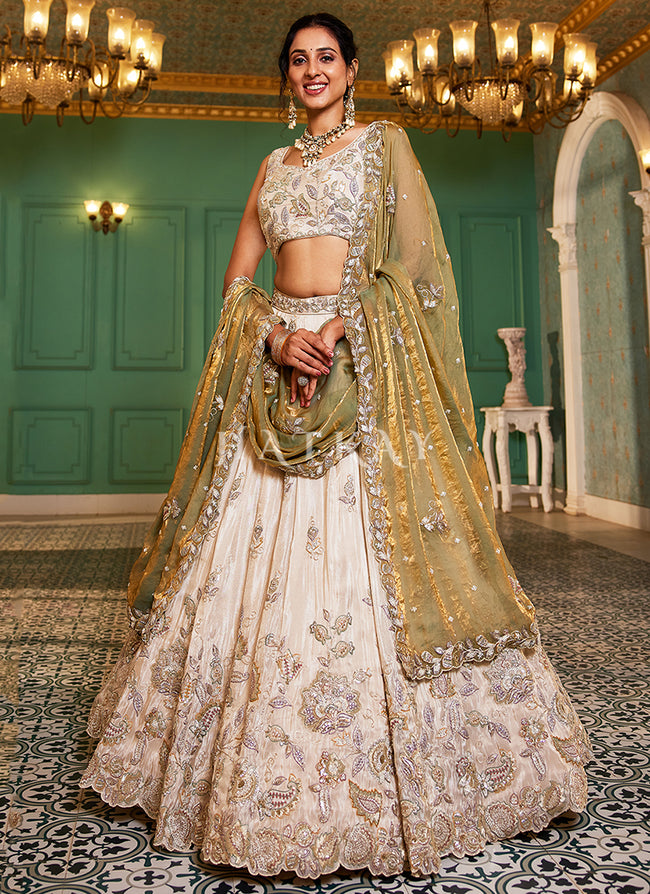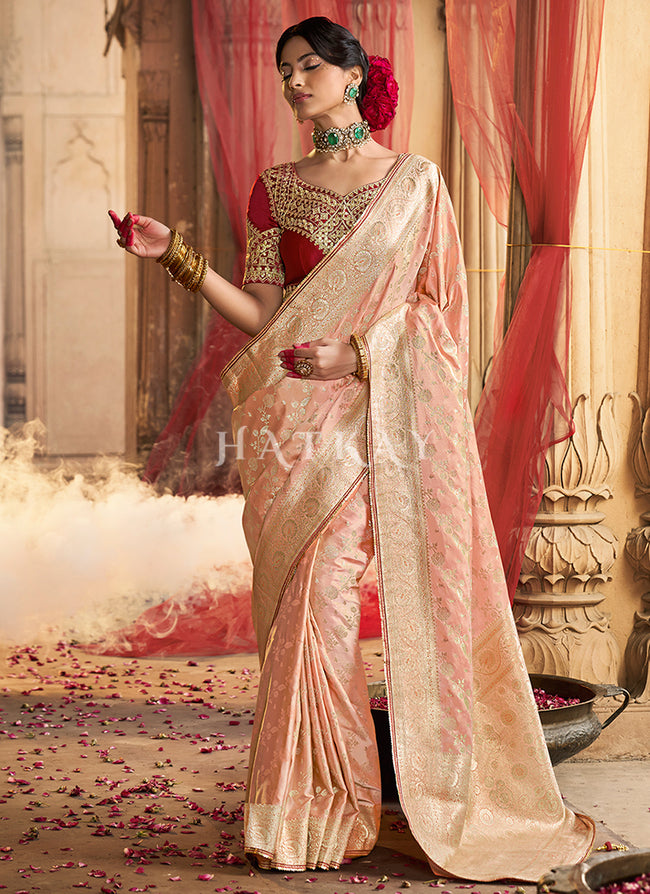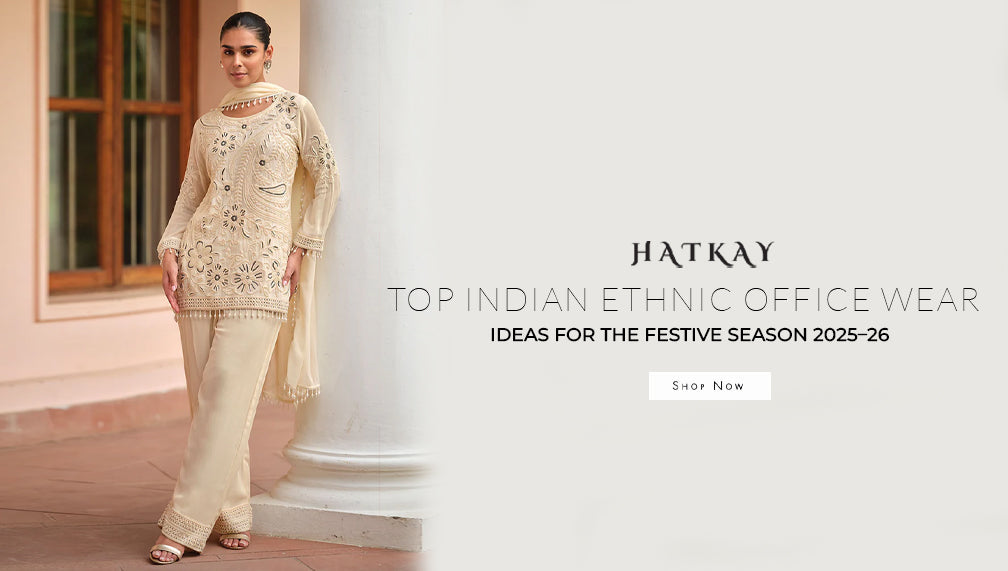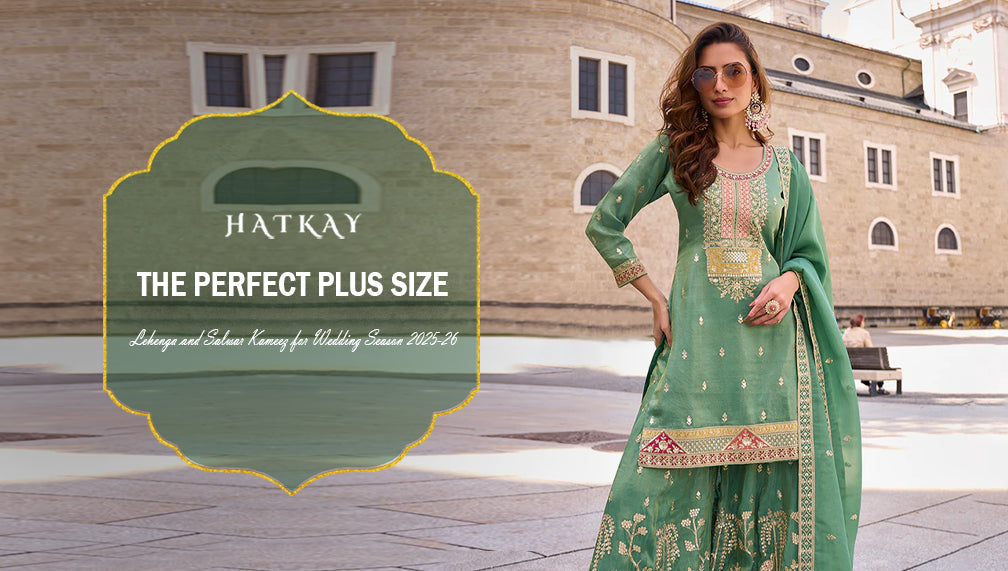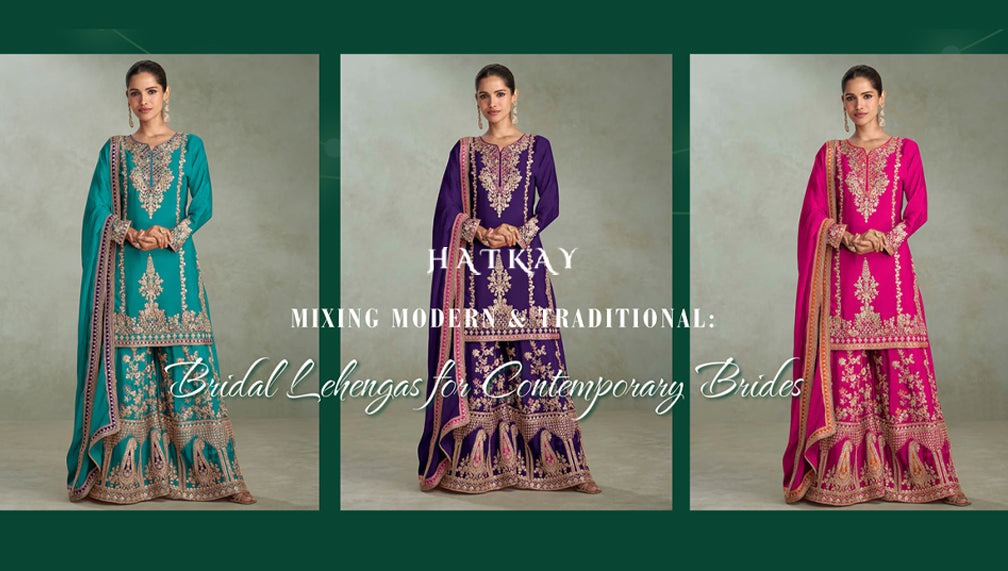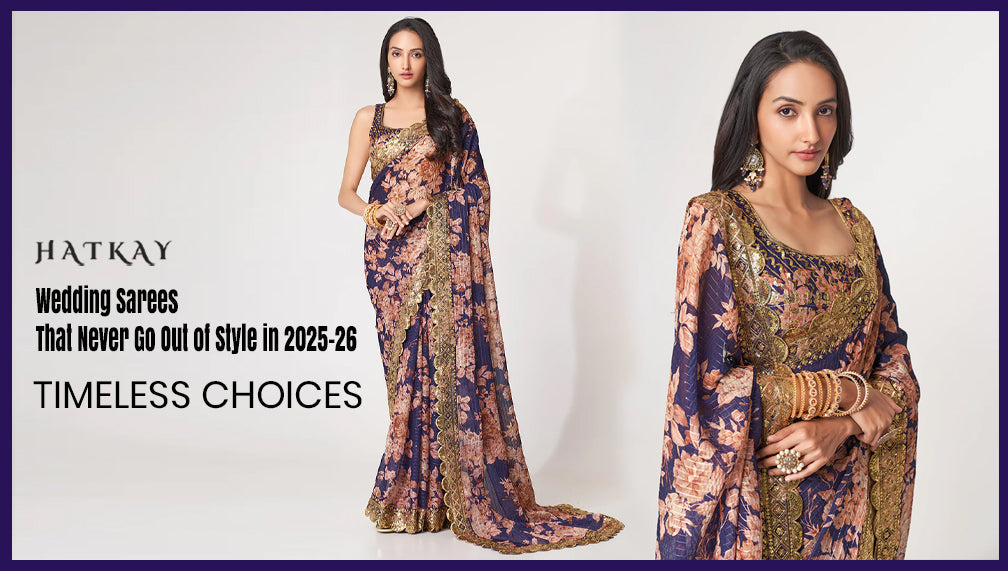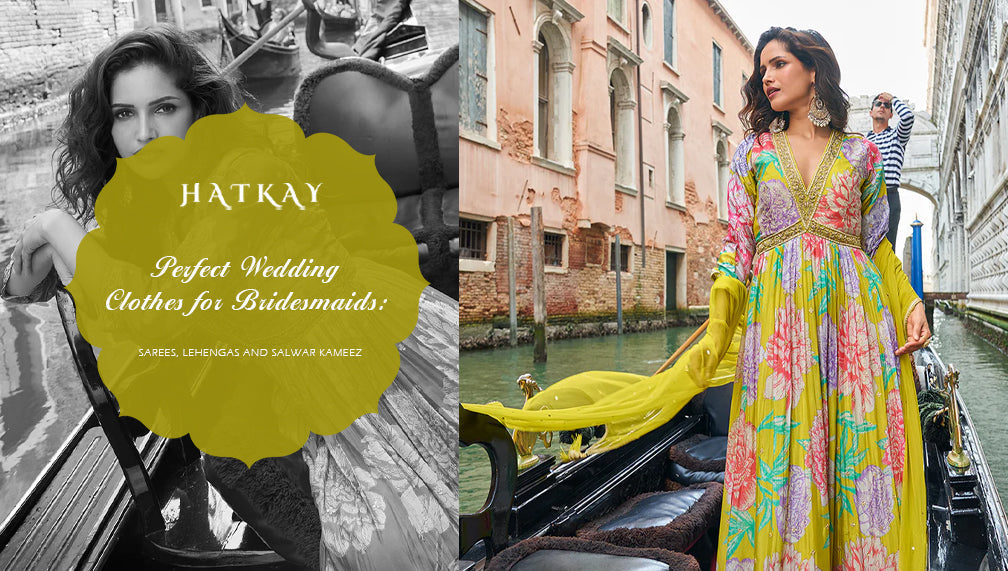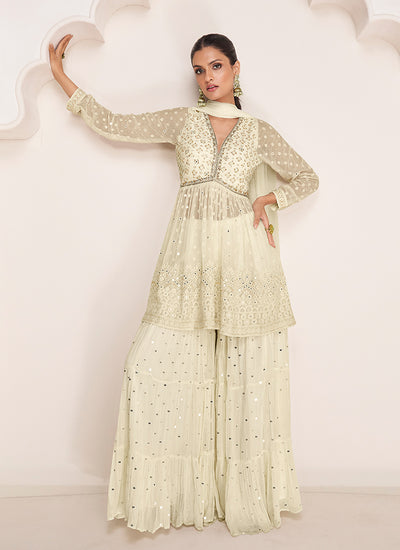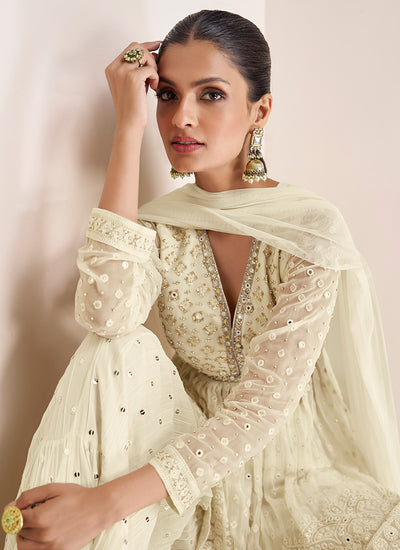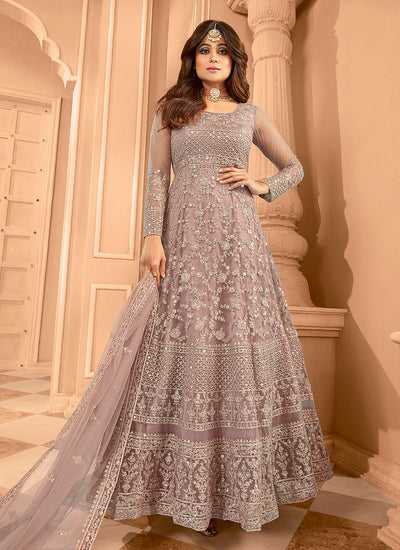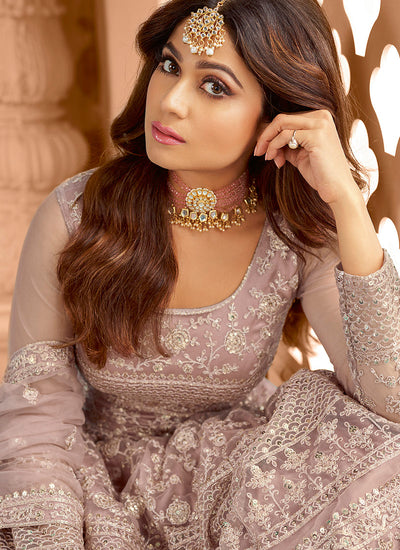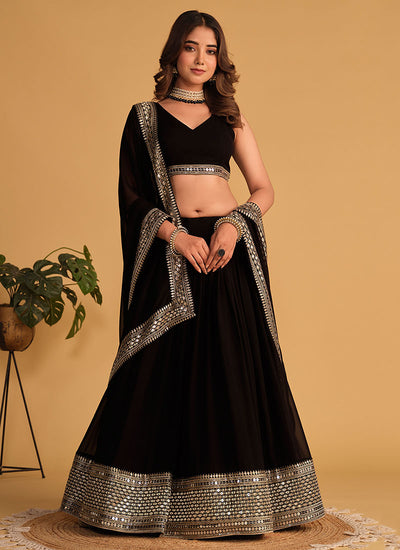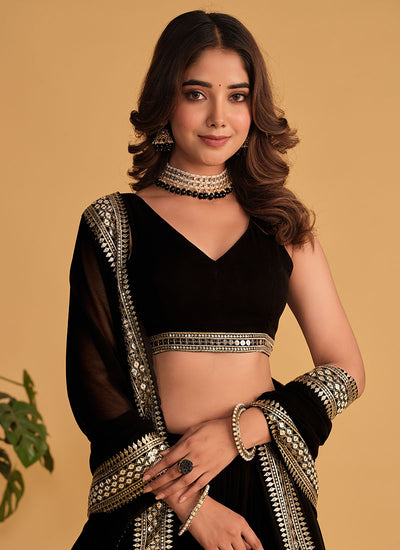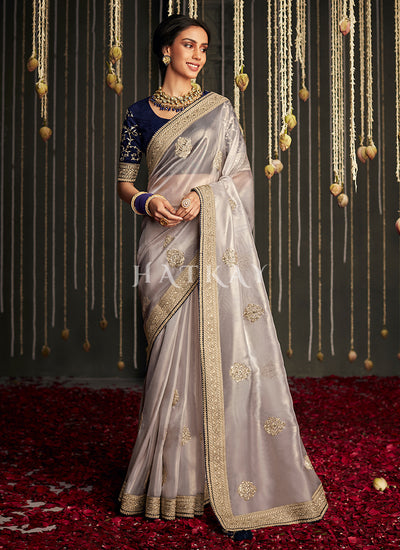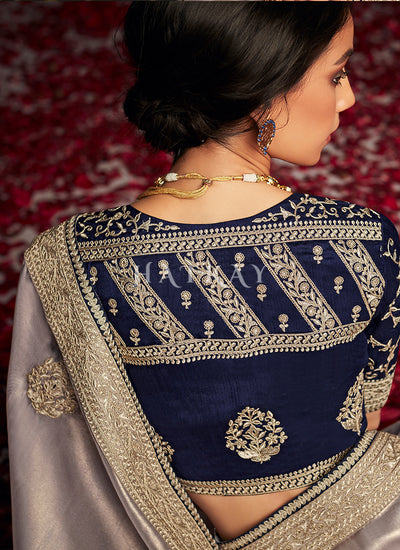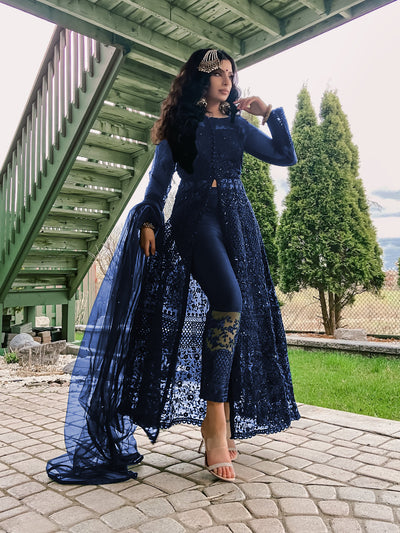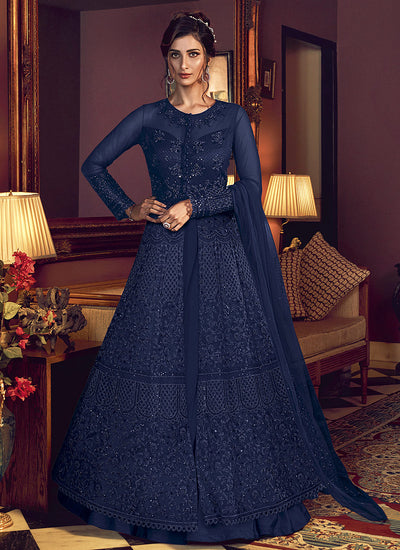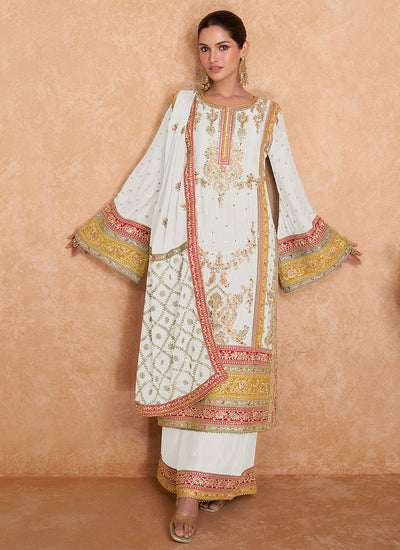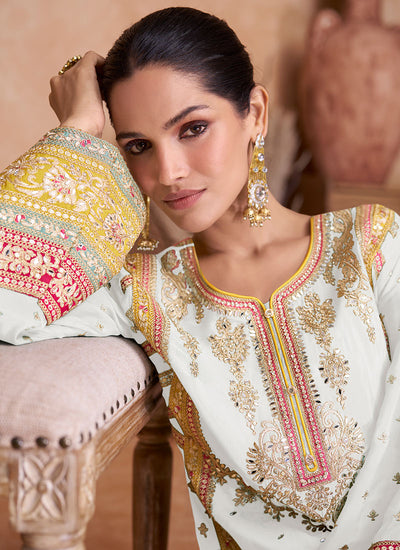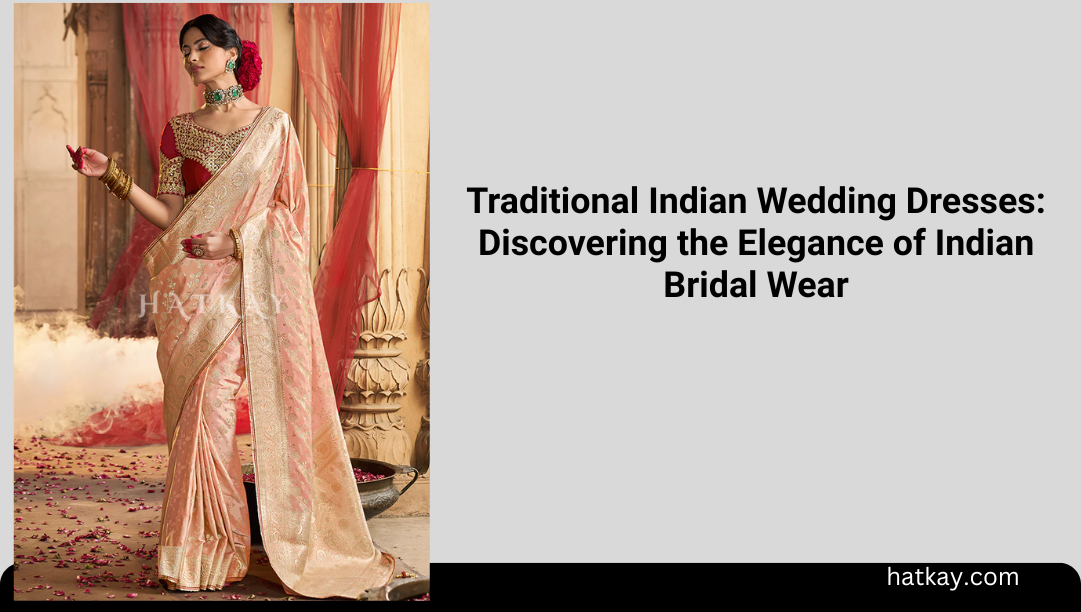
Traditional Indian Wedding Dresses: Discovering the Elegance of Indian Bridal Wear
Indian weddings are known around the world for their vibrant rituals, cultural depth, and unmatched grandeur—and at the heart of it all is the bride, adorned in stunning traditional attire that reflects centuries of heritage and craftsmanship. From region to region, Indian bridal wear tells a story through color, texture, embroidery, and symbolism.
Whether you're a bride-to-be, a wedding guest, or a fashion enthusiast, this guide will take you on a journey through the most iconic traditional Indian wedding dresses, unveiling the elegance and richness of bridal fashion across the subcontinent.
1. Lehenga Choli – The Quintessential North Indian Bridal Look
Region: North India, widely popular across India
Key Elements: Flared skirt (lehenga), cropped blouse (choli), and a dupatta
The lehenga choli is the crown jewel of North Indian bridal wear. Brides typically opt for heavily embroidered or embellished lehengas in rich shades like red, maroon, or deep gold. Modern variations now include pastel hues, mirror work, and layered silhouettes.
🌟 Perfect for: Grand receptions, sangeet, or main wedding ceremonies.
2. Banarasi Saree – Timeless Grace from Varanasi
Region: Uttar Pradesh
Key Elements: Silk fabric, zari (metallic thread) work, Mughal-inspired motifs
Woven in the holy city of Varanasi, Banarasi sarees are a symbol of opulence and tradition. Often chosen by North and East Indian brides, these sarees showcase floral and paisley designs, with gold or silver zari borders.
✨ Best suited for: Traditional weddings and post-wedding functions.
3. Kanjeevaram Saree – South India’s Regal Statement
Region: Tamil Nadu
Key Elements: Pure mulberry silk, gold zari borders, temple and peacock motifs
Kanjeevaram sarees are revered for their rich texture, durability, and vivid colors. Often passed down as heirlooms, they are a must-have in a South Indian bride’s trousseau.
👑 Ideal for: Religious ceremonies, temple weddings, and classic bridal looks.
4. Punjabi Salwar Kameez – Bold and Beautiful
Region: Punjab
Key Elements: Long tunic (kameez), fitted pants (salwar), embroidered dupatta
The traditional bridal salwar kameez is bright, festive, and comfortable—often featuring phulkari embroidery, mirror work, and vibrant colors like pink, orange, or red. This look is perfect for pre-wedding events like mehendi or the Anand Karaj ceremony.
💃 Perfect for: Pre-wedding functions and intimate ceremonies.
5. Paithani Saree – Maharashtrian Marvel
Region: Maharashtra
Key Elements: Fine silk, peacock borders, vibrant dual-tone color schemes
Paithani sarees are woven with great precision, known for their bright palettes and signature peacock motifs. A traditional choice for Maharashtrian brides, they strike a balance between elegance and festivity.
🎨 Best for: Wedding day attire or traditional rituals like the Muhurt Karni.
6. Gujarati and Rajasthani Ghagra Choli – Royal Heritage Reimagined
Region: Gujarat & Rajasthan
Key Elements: Mirror work, bandhani (tie-dye), gota patti embroidery
These bridal outfits are colorful, full of life, and rich in texture. From bandhej fabrics to intricate threadwork, they are often worn with a front-pallu drape and adorned with traditional jewelry like borla (Rajasthani maang tikka).
🌸 Perfect for: Garba nights, mehendi, or traditional desert weddings.
7. Assamese Mekhela Chador – Understated Elegance
Region: Assam
Key Elements: Two-piece attire, golden Muga silk, delicate motifs
The Assamese bride typically wears a mekhela chador, made from the luxurious Muga silk, with motifs inspired by nature and mythology. It’s a graceful, lightweight alternative to heavier bridal wear.
🍃 Best for: Daytime weddings or cultural ceremonies.
8. Bengali Saree – Red & White Reverence
Region: West Bengal
Key Elements: Red-and-white saree, shankha-pola (traditional bangles), alta-decorated feet
The traditional Bengali bride is iconic in her red-bordered white saree, elaborate headpiece (mukut), and bold red bindi. The look is completed with gold jewelry and symbolic elements of purity and prosperity.
🌺 Perfect for: Traditional Bengali weddings and post-wedding rituals.
Final Thoughts
Traditional Indian bridal wear is not just about beauty—it's a celebration of heritage, identity, and craftsmanship. Each region offers a distinct bridal aesthetic, shaped by centuries of culture and local artistry. Whether you gravitate toward the grandeur of a Kanjeevaram, the sparkle of a mirror-work lehenga, or the simplicity of a Mekhela Chador, there’s a traditional Indian wedding outfit that speaks to your soul.
So if you’re preparing for your big day or just admiring the diversity of Indian fashion, remember: bridal elegance isn’t just worn—it’s embodied.













